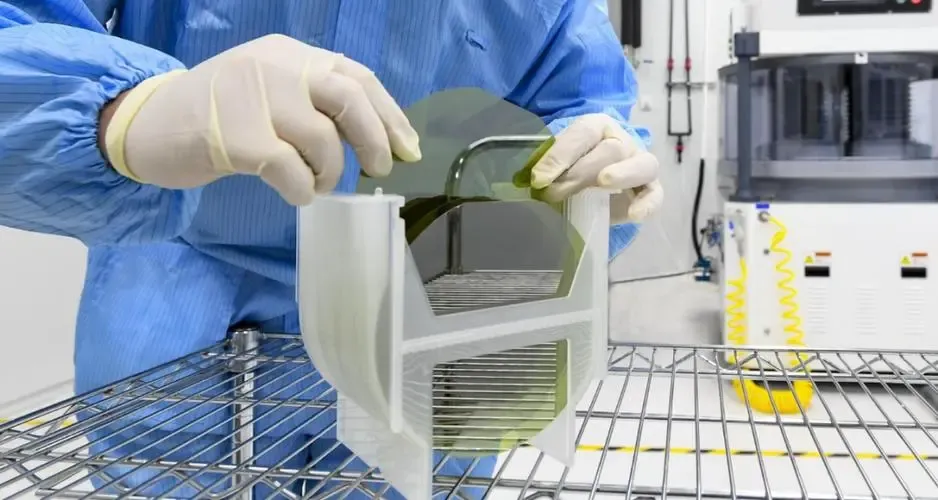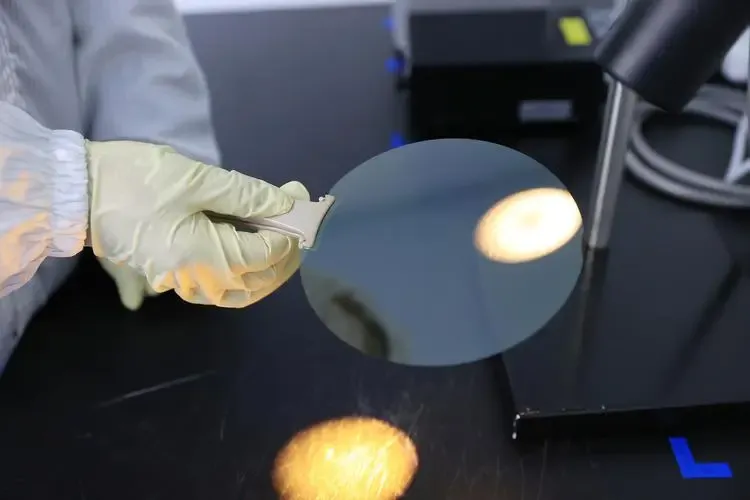How we produce-processing steps for SiC substrates are as follows:
1. Crystal Orientation:
Using X-ray diffraction to orient the crystal ingot. When an X-ray beam is directed at the desired crystal face, the angle of the diffracted beam determines the crystal orientation.
2. Outer Diameter Grinding:
Single crystals grown in graphite crucibles often exceed standard diameters. Outer diameter grinding reduces them to standard sizes.
3.End Face Grinding:
4-inch 4H-SiC substrates typically have two positioning edges, primary and secondary. End face grinding opens up these positioning edges.
4. Wire Sawing:
Wire sawing is a crucial step in processing 4H-SiC substrates. Cracks and sub-surface damage caused during wire sawing negatively impact subsequent processes, extending processing time and causing material loss. The most common method is multi-wire sawing with diamond abrasive. A reciprocating motion of metal wires bonded with diamond abrasives is used to cut the 4H-SiC ingot.
5. Chamfering:
To prevent edge chipping and reduce consumable losses during subsequent processes, the sharp edges of the wire-sawn chips are chamfered to specified shapes.
6. Thinning:
Wire sawing leaves many scratches and sub-surface damages. Thinning is done using diamond wheels to remove these defects as much as possible.
7. Grinding:
This process includes rough grinding and fine grinding using smaller-sized boron carbide or diamond abrasives to remove residual damages and new damages introduced during thinning.
8. Polishing:
The final steps involve rough polishing and fine polishing using alumina or silicon oxide abrasives. The polishing liquid softens the surface, which is then mechanically removed by abrasives. This step ensures a smooth and undamaged surface.

9. Cleaning:
Removing particles, metals, oxide films, organic residues, and other contaminants left from the processing steps.
Post time: May-15-2024

